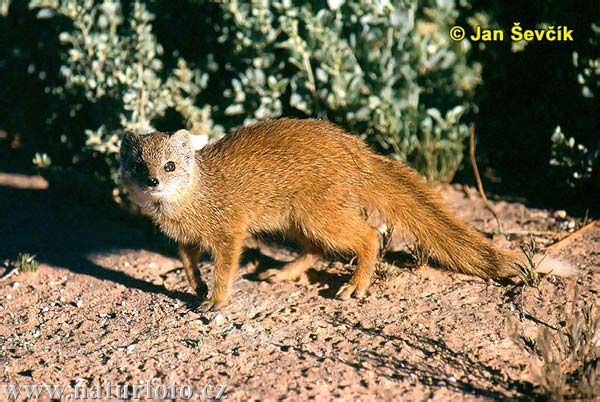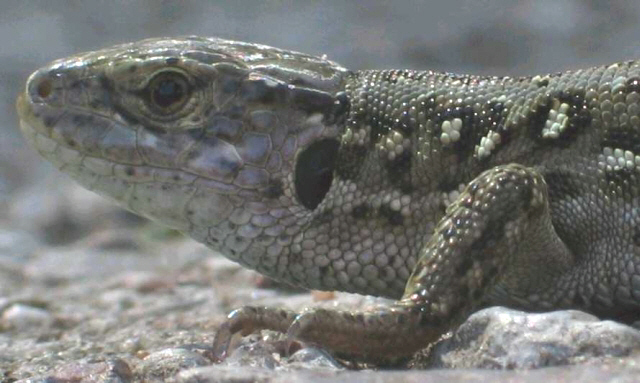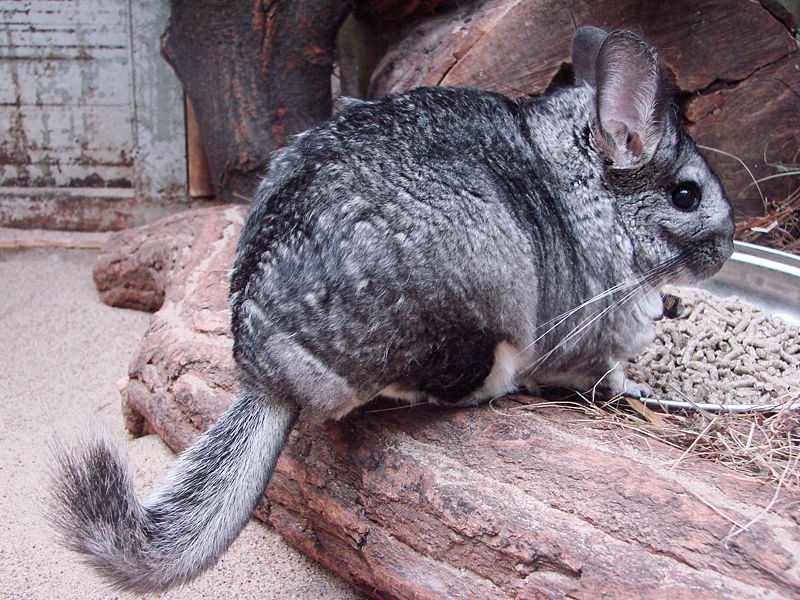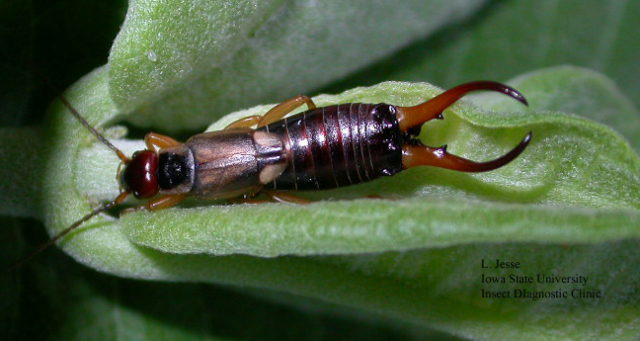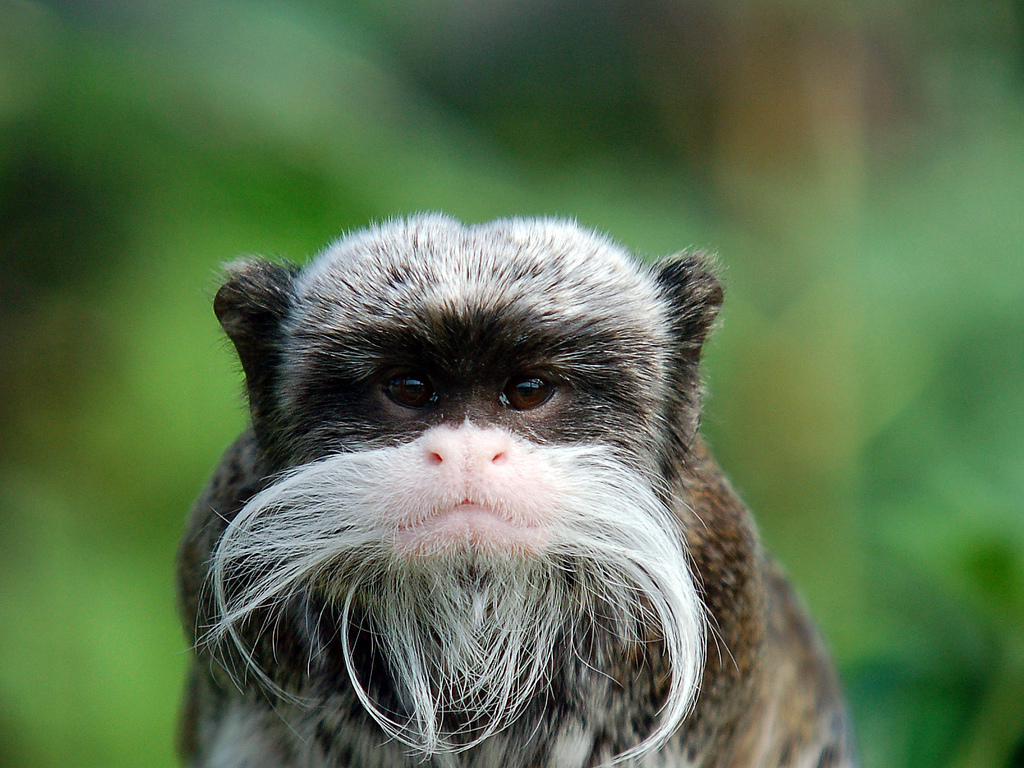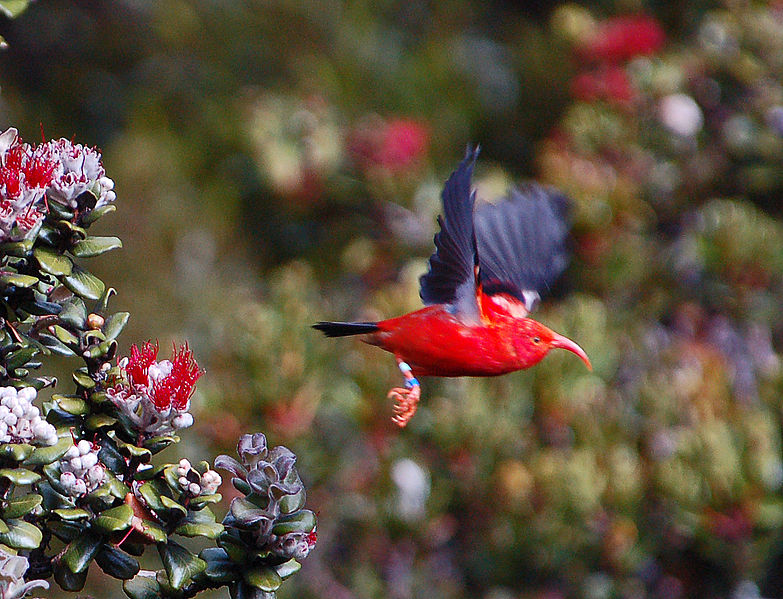
As winter continues to hang on as we work our way through March, I figured we would take a break from the snow and the cold by visiting a little island known as Hawaii. In fact, some of you are probably already there and if you are, make sure to keep your eyes peeled from a bright and beautiful bird known as the ‘I’iwi, which is often referred to as the Hawaiian Honeycreeper. In fact, you probably can’t miss this bird while visiting this gorgeous island since they are the 3rd most abundant native bird and just happen to be highly recognizable.
The Recognizable ‘I’iwi
So what makes this bird so easy to recognize? Well, for starters, they are bright red with black wings and a black tail. You add this coloration to a nice green background such as vegetation and you have a bird that stands out like a sore thumb. Oddly enough the colour of the juvenile ‘I’iwi, which is a nice golden colour, had caused confusing amongst the naturalist world. Researchers believed that the young was actually another bird species. It wasn’t until they found a golden coloured bird changing into the beautiful red and black ‘I’iwi that the confusion was resolved.

A Vulnerable Species
Since this brightly coloured bird is so easy to spot, it had lead to a miscalculation in their population numbers. It wasn’t until 2008 that we realized their population was potentially at risk. As such, they were classified as “Vulnerable”. So what is causing their decline? You have the usual suspects such as habitat loss but they are also very susceptible to diseases such as avian malaria, avian influenza and fowlpox. Luckily this beautiful bird is able to escape some of these diseases by heading into higher elevations where the disease vectors, such as mosquitoes, don’t dare venture. Similarly, we are beginning some habitat restoration projects that should help ensure that this highly recognizable bird continues to be seen and heard.
Hawaiian Honey Creeper Sounds
Speaking of hearing. The Hawaiian Honeycreeper has a very unique call that consists of a variety of sounds. The calls they make sound like:
- Balls dropping in water
- A rusty hinge
- Two balloons rubbing together
- Whistles
Of course, you can always just watch the short video below to better understand what the ‘I’iwi sounds like. Enjoy

